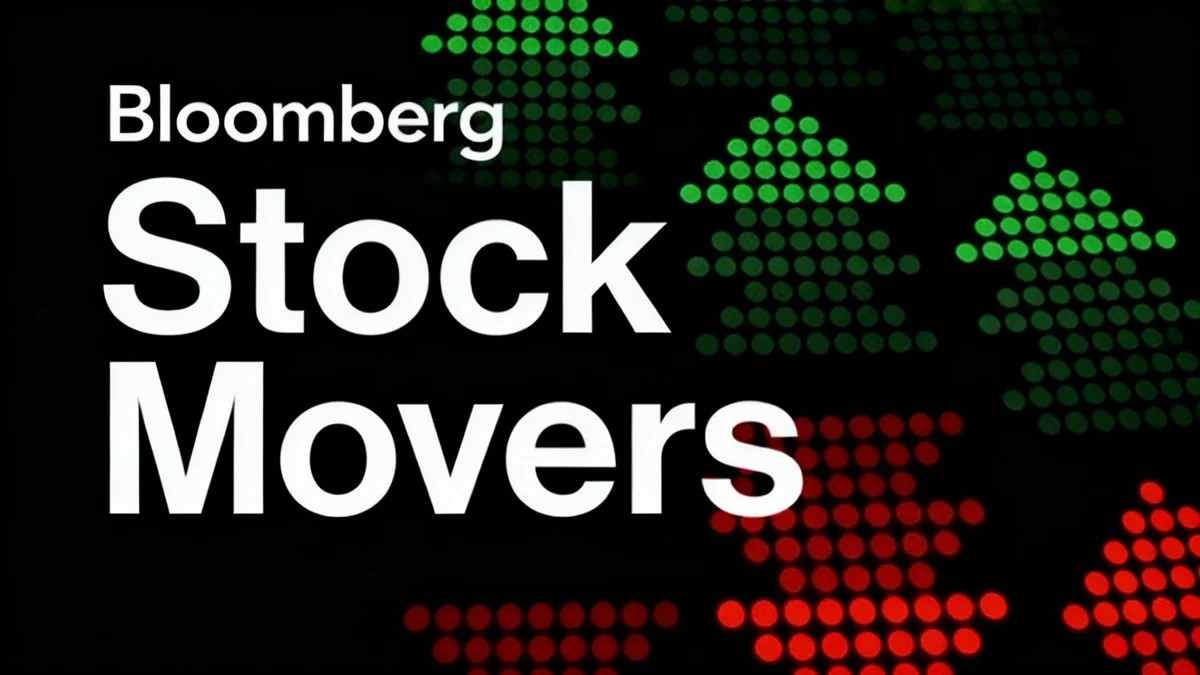U.S. stocks concluded a volatile week with significant gains, driven by renewed optimism over trade negotiations with China and a strong recovery in regional bank shares. The S&P 500 advanced 0.6%, positioning the index for its best weekly performance since August and signaling a shift in investor sentiment after days of uncertainty.
The market's positive turn was largely influenced by comments from President Donald Trump, who expressed confidence in the ongoing discussions with Beijing. This development, combined with a rebound in financial stocks that had recently faced pressure, helped ease concerns about broader economic stability.
Key Takeaways
- U.S. stocks, including the S&P 500, Dow Jones, and Nasdaq 100, posted gains, with the S&P 500 on track for its best week since August.
- Positive comments from President Trump regarding U.S.-China trade talks helped restore investor confidence.
- Regional bank stocks rebounded strongly after a recent selloff, with a key ETF tracking the sector climbing approximately 2%.
- Despite the gains in equities, bonds and gold prices declined, while Treasury yields rose.
- Analysts note that dip-buying remains a prevalent strategy, with investors viewing recent market pullbacks as opportunities.
Market Drivers and Investor Sentiment
The primary catalyst for Friday's rally was a shift in tone regarding U.S.-China trade relations. President Trump's optimistic remarks provided a much-needed boost to markets that had been weighed down by tariff concerns.
"I think we’re doing very well. I think we’re getting along with China," Trump stated, suggesting that a planned meeting with President Xi Jinping would proceed as scheduled. These comments helped alleviate fears of a prolonged trade dispute that could impact global economic growth.
Regional Banks Lead the Recovery
A significant factor in the market's recovery was the performance of regional banks. After experiencing a sharp decline due to concerns over credit quality, the sector saw a robust comeback. An exchange-traded fund that tracks regional banks increased by about 2%.
Leading the recovery were Zions Bancorp and Western Alliance Bancorp, both of which had been at the center of the recent selloff. Their shares rallied by at least 2.8%, signaling renewed confidence in the financial industry's stability.
Investor Strategy: Buying the Dips
Market analysts observed that despite the week's volatility, investors continue to employ a "buy the dip" strategy. This approach involves purchasing assets after they have dropped in price, and it has been a recurring theme in the 2025 market.
Keith Lerner of Truist Advisory Services commented on the recent market behavior, stating, "October has brought a spooky uptick in market swings. We would view deeper pullbacks as opportunities to lean in, as the bull market still deserves the benefit of the doubt."
Capital Flows and Economic Indicators
Data on investment flows confirmed the positive sentiment. According to Bank of America, which cited EPFR Global data, equity funds attracted significant capital during the week.
Significant Inflows into Equities
For the week ending October 15, equity funds saw inflows totaling $28.1 billion. In contrast, cash funds experienced outflows of $24.6 billion, indicating that investors were moving money out of safer assets and into the stock market.
The ongoing U.S. government shutdown has complicated the economic picture by halting the release of official data. However, alternative analyses provide some insight. A Bloomberg News analysis of state-level filings estimated that initial jobless claims fell to approximately 215,000 last week.
Federal Reserve Policy Outlook
Recent comments from Federal Reserve officials have also influenced market expectations. St. Louis Fed President Alberto Musalem indicated he could support another interest rate reduction to help a slowing labor market, though he stressed that decisions should be made on a meeting-by-meeting basis.
"The lack of economic data does not seem to be a problem for the Fed and we expect another 25-basis-point rate reduction at the October meeting," noted economists at Morgan Stanley in a recent client note.
Corporate Sector Highlights
Several major companies were in the news, with their performance reflecting broader industry trends. Technology and finance sectors saw notable movements.
- Oracle Corp. (ORCL): Shares fell over 7% after the company's long-term financial outlook did not meet investor expectations for growth related to its artificial intelligence infrastructure investments.
- American Express Co. (AXP): The financial services company reported earnings that exceeded analyst expectations, driven by strong consumer spending.
- Morgan Stanley (MS): The investment bank announced plans to raise approximately $7.5 billion through the sale of investment-grade bonds, following the release of its third-quarter results.
- Novo Nordisk (NVO) & Eli Lilly (LLY): Shares of the pharmaceutical giants declined after President Trump commented that the price of the popular diabetes drug Ozempic could be significantly reduced.
Ulrike Hoffmann-Burchardi at UBS Global Wealth Management expressed a positive view on the market's future. "Although the equity bull market is now entering its fourth year, we believe it has further to run," she said. Her firm recently upgraded its stance on equities to "attractive," citing momentum in AI, supportive Fed policy, and an improved U.S. growth outlook.
This sentiment was echoed by Charles Schwab CEO Rick Wurster, who told Bloomberg Television that retail investors have been active during the recent volatility. "Our clients trade more when there is more volatility," he said. "The last few weeks, they’ve been buying dips and selling rips."
Market Performance Summary
The end-of-week trading session saw broad gains across major U.S. stock indexes, while other asset classes showed mixed results.
- S&P 500: Rose 0.6%
- Nasdaq 100: Increased by 0.7%
- Dow Jones Industrial Average: Gained 0.6%
- 10-Year Treasury Yield: Advanced three basis points to 4.00%
- Spot Gold: Fell 2.4% to $4,221.22 an ounce
The dollar remained relatively unchanged against a basket of currencies, but it was on track for its worst weekly performance since August. The combination of easing trade tensions and a resilient banking sector provided a strong finish to a week that tested investor nerves, reinforcing the view that the underlying bull market remains intact for now.





